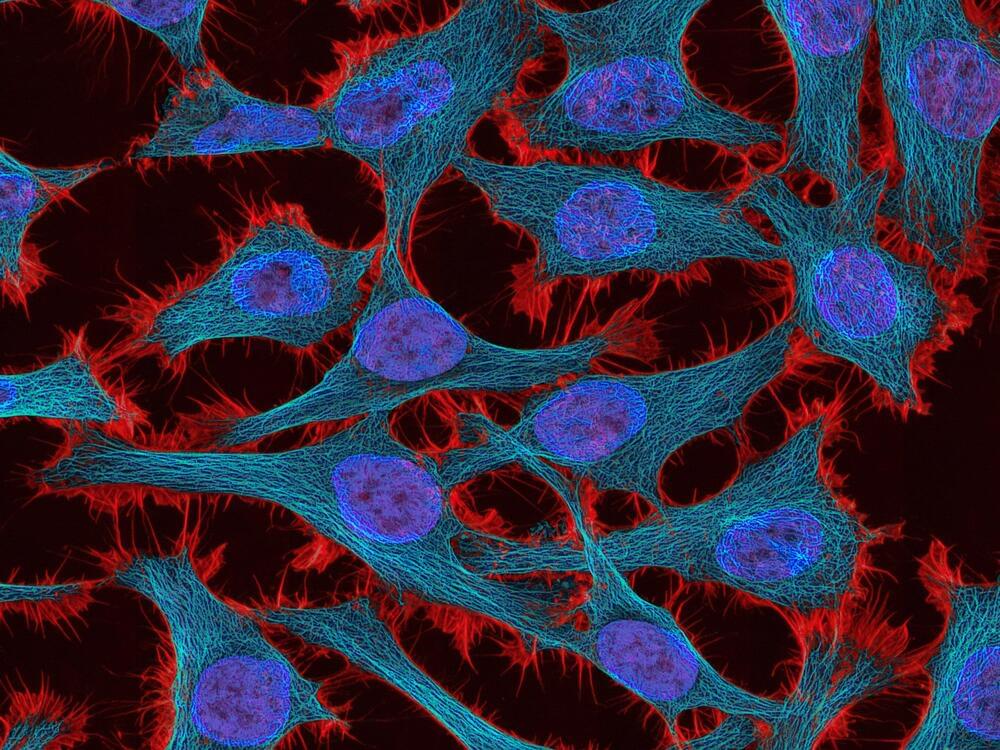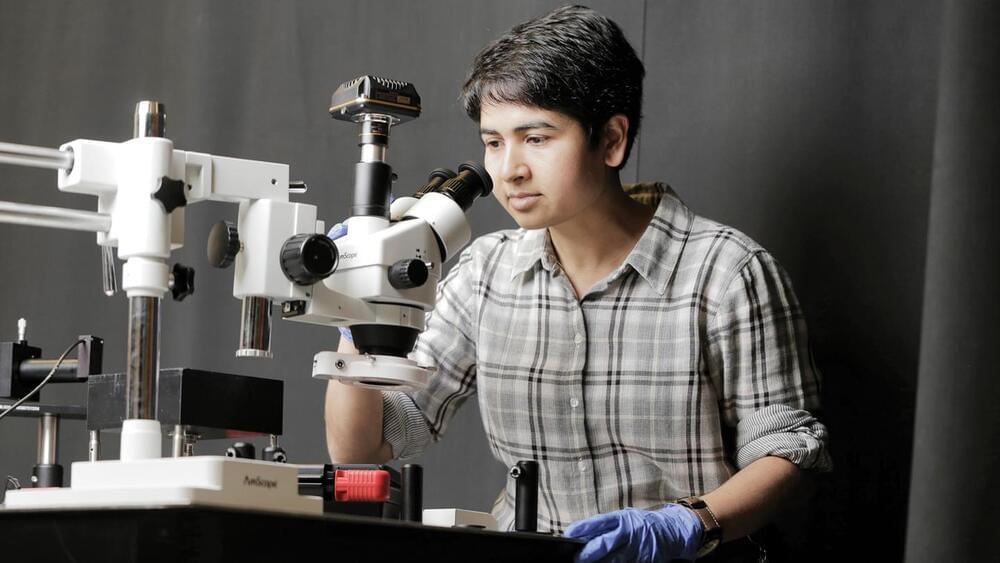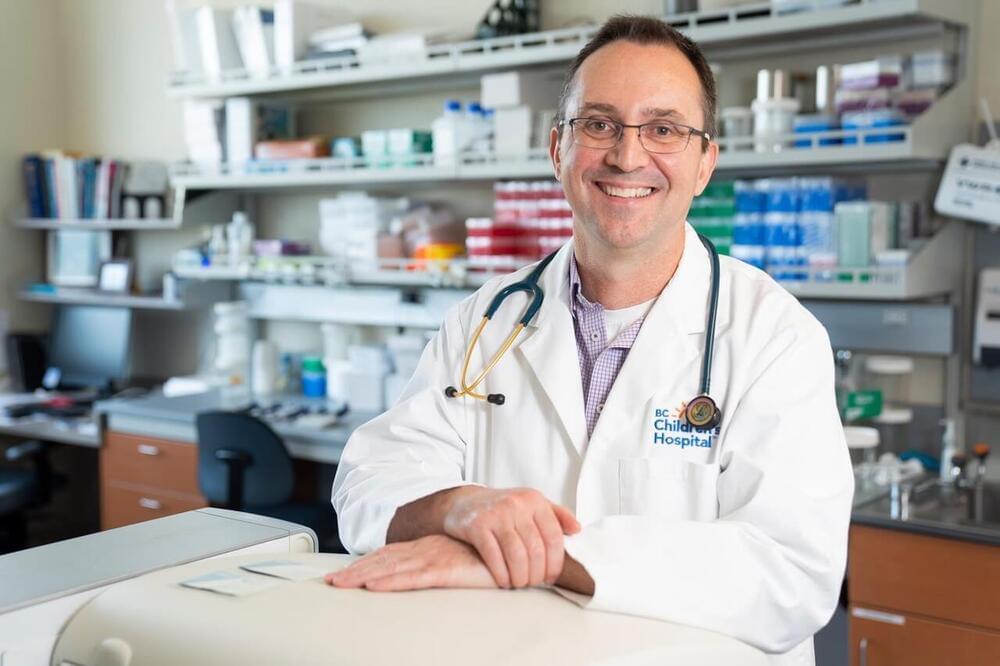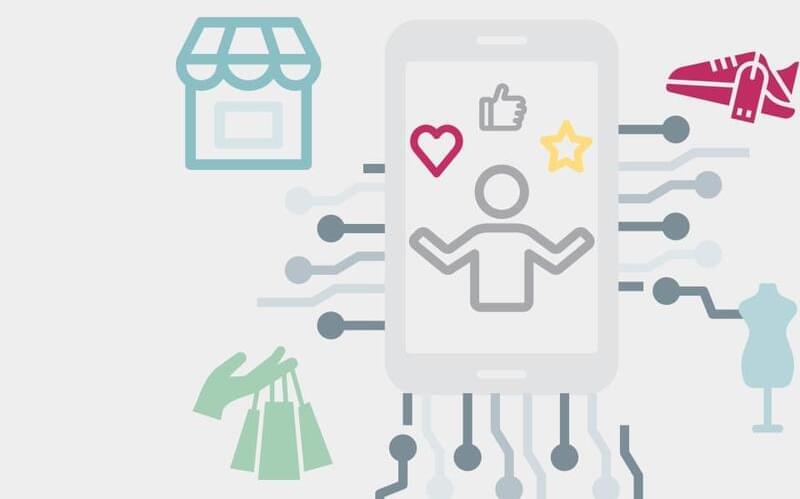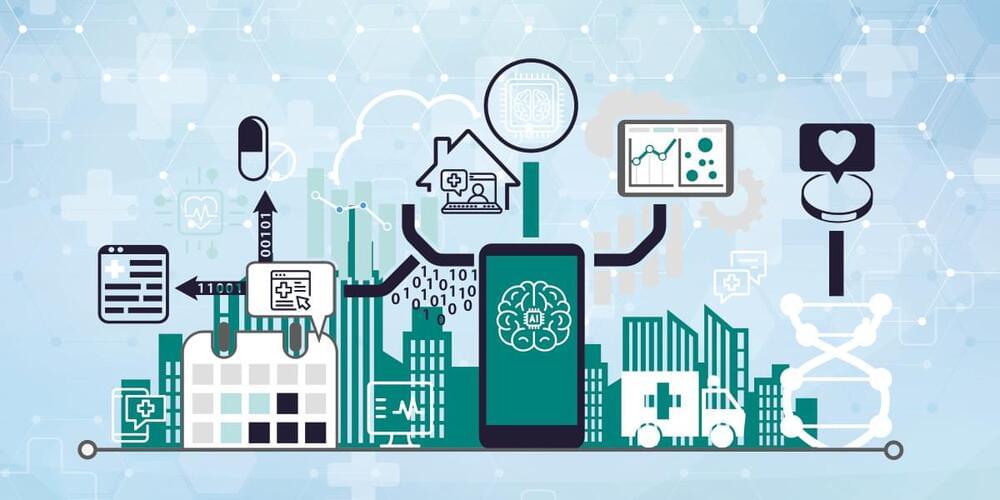In findings with potentially important implications for cervical cancer screening, scientists at the Montefiore Einstein Cancer Center (MECC) have developed a test for detecting a type of cervical cancer that Pap tests often miss. The findings published online today in the JNCI: Journal of the National Cancer Institute.
“Our novel test appears sensitive for detecting cervical adenocarcinoma [ADC]—which now accounts for up to 25% of cervical cancer cases—as well as its precursor lesions, adenocarcinoma in situ [AIS], that often develop into ADCs,” said Howard Strickler, M.D., M.P.H., co-senior and corresponding author of the JNCI paper and a member of MECC.
“Because ADCs are often missed by current screening methods, they have higher mortality rates than the more common cervical squamous cell cancer,” Dr. Strickler added. “Our goal is to catch the disease early, before it develops into cancer.” Dr. Strickler is also professor and head of the division of epidemiology and the Harold and Muriel Block Chair in Epidemiology and Population Health at Albert Einstein College of Medicine.
